Having a fat tongue can cause sleep apnoea
By naturopath Margaret Jasinska
It may sound like a joke but it’s actually true. Sleep apnoea is extremely common and can be caused by a few different factors. The most common cause is insulin resistance, which causes internal accumulation of fat. Fat can build up in the tongue, upper respiratory tract, neck and chest. This can impair the ability to breathe properly at night. People with insulin resistance typically also have a fatty liver.
A recent study showed that at least one in ten Australians suffer from undiagnosed obstructive sleep apnoea. In males aged 40 to 69 years this could be as high as 49 percent and in males aged over 70 years, as high as 62 percent. The condition often goes undiagnosed because people aren’t getting sleep studies. Additionally, many who are diagnosed don’t use their CPAP machine because they find it too uncomfortable.
Sleep apnoea causes a person to stop breathing many times throughout the night. It can cause a person to snore loudly during their sleep, and that’s how it’s often first detected. However, it is still possible to have the condition and not snore. Other common indicators of sleep apnoea are daytime fatigue, high blood pressure and headaches. When a person with sleep apnoea stops breathing, they develop what is known as hypoxia. This just means a deficiency of oxygen. That’s very bad for the health of your brain and increases the risk of dementia.
What causes sleep apnoea?
Being overweight (particularly in the upper body), alcohol consumption (particularly in the evening), and having a blocked nose and sinuses are common causes. In most cases, insulin resistance is a cause or contributing factor. Insulin resistance can make a person fat on the inside, even if they look relatively slim. Excess fat stored on your thighs, buttocks and triceps usually does not impact your health a great deal. Fat stored on your abdomen, waist, chest and neck poses more of a problem because we have important organs and blood vessels in those parts of the body, and fat can infiltrate them.
There are two main types of fat that can accumulate on your body:
- Subcutaneous adipose tissue (SCAT) and
- Visceral adipose tissue (VAT)
Subcutaneous adipose tissue is the kind of fat that is stored just under your skin and it is more prevalent on the legs, buttocks and arms. People with an excess amount of this type of fat can be fat but fit. They can be overweight yet still very healthy, and not at risk of chronic diseases.
Visceral adipose tissue is strongly associated with several diseases and a shortened life span. If you carry excess weight on your abdomen, chest, back and neck, the fat there doesn’t just sit on the outside of your body. It actually gets inside and around your internal organs. People with a high level of visceral adipose tissue can develop a fatty liver, fatty pancreas and spleen; their heart can be surrounded by fat and their arteries can be clogged with fat. Fat can also grow into the throat and obstruct breathing during sleep, causing snoring and sleep apnoea. As mentioned, fat can accumulate in the tongue and you can read about that in this article.
The best ways to lose internal fat
Here are my recommendations:
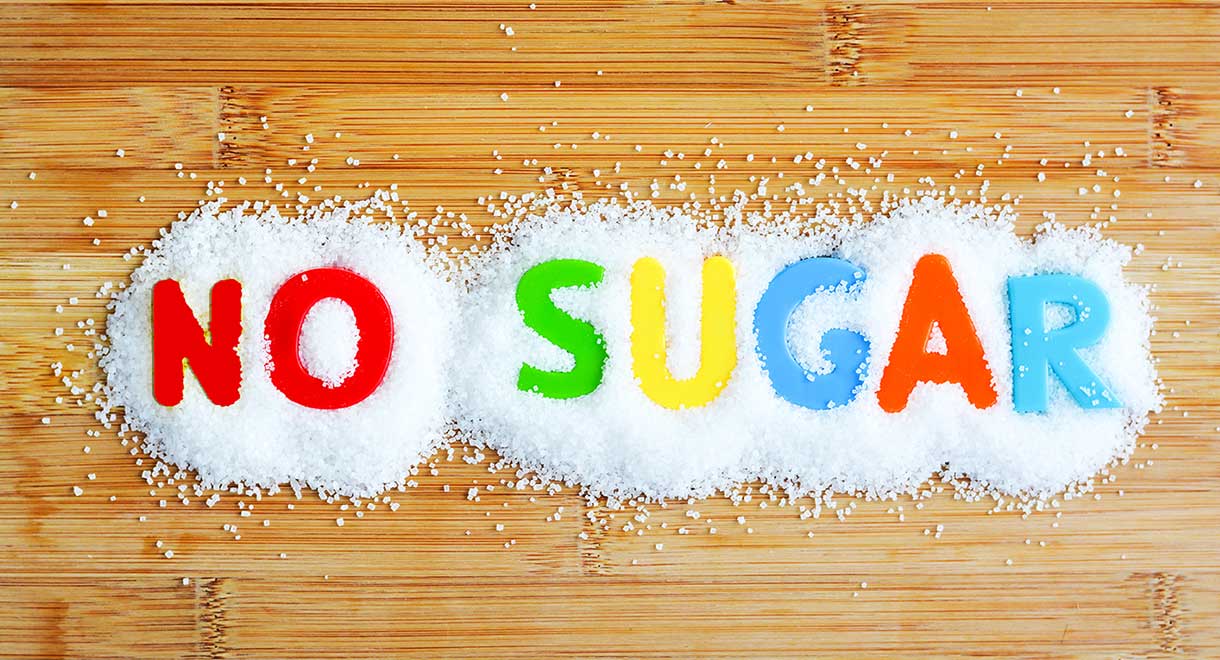
1. Reduce the sugar, carbohydrate and alcohol in your diet
These foods are what create insulin resistance as well as a fatty liver in the first place. Carbohydrate-rich foods include sugar, flour, bread, pasta, rice, potatoes, breakfast cereals and grains. The liver is very proficient at converting these foods into fat.

2. Base your diet on vegetables, protein and natural fats
These foods will keep you feeling full and will keep your blood sugar level stable throughout the day. This is very important in order to prevent hypoglycaemia, sugar cravings, foggy head and fatigue. Many people trying to lose weight actually don’t eat enough protein and fat. They are in such a rush to lose weight and want to reach their goal tomorrow, that they eat too little food. This is dangerous territory because you will be at far greater risk of bingeing on all the wrong foods once you get tired and hungry enough. When eating protein-rich foods like fish, poultry or red meat, please eat a palm and a half-sized portion. Whey protein powder is an excellent source of protein that’s highly satiating. It will help to keep you full for many hours and reduces the risk of sugar cravings. Please include good fats in your diet-like olive oil, avocados, nuts, seeds and oily fish such as salmon, as well as traditional animal fats. People who don’t eat enough protein and fat usually crave sugar and carbohydrate. For more information see the book Diabetes Type 2: You Can Reverse it.
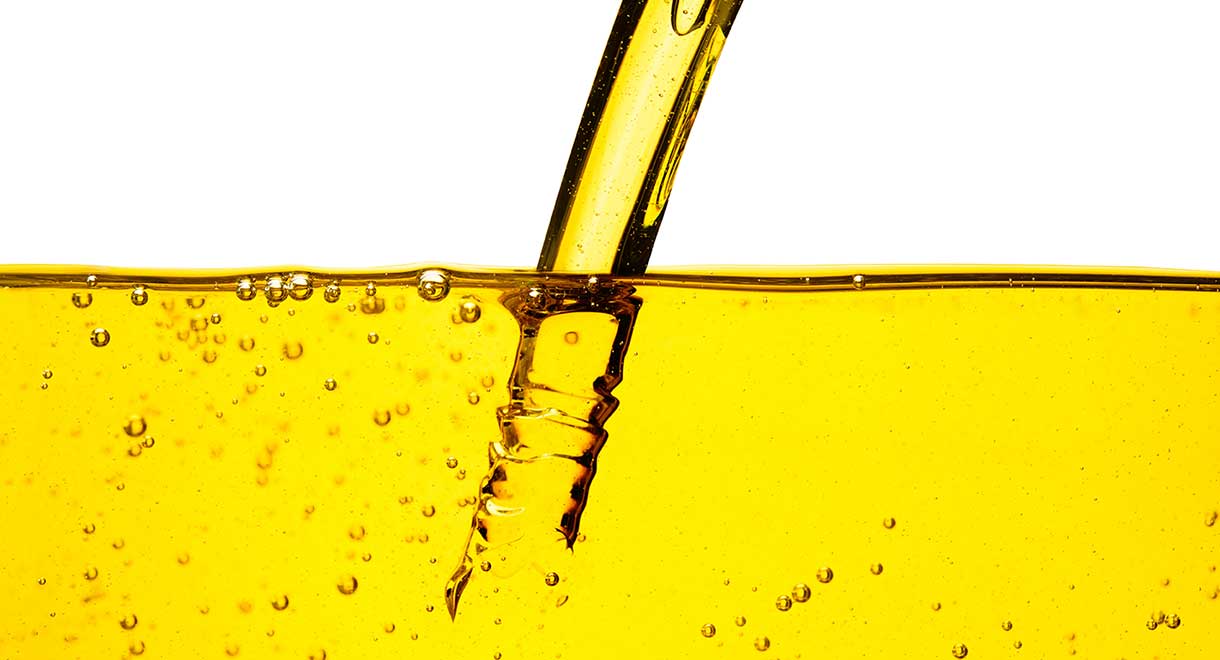
3. Avoid industrial seed oils
The other food that promotes the formation of a fatty liver is omega 6 rich vegetable oil. Fried foods and packaged foods like chips, crackers and biscuits are usually full of the wrong fats. A lot of foods marketed as being healthy contain sunflower oil. There is nothing healthy about it. The fragile omega 6 fats become damaged, oxidised and contain cancer-causing aldehydes. These fats are a health disaster. I recommend watching this video.

4. Try to get some movement each day
Exercise is wonderful for your health, but some of our patients are dealing with chronic pain, poor mobility, significant fatigue or sleep problems. That can make exercising a real challenge. You don’t have to spend an hour at the gym. Doing some movement is better than doing none at all. A 10-minute stroll around the block is good. If your knees or hips are a problem, sitting in a chair and lifting hand weights is great. Perhaps you could lie on the floor and do some Pilates exercises for your abdominals and legs. There are many free videos on Youtube, or you could hire a personal trainer to help you. When you exercise, your muscles suck glucose out of your bloodstream for their own metabolism. That’s great for type 2 diabetics, people with insulin resistance and anyone wanting to lose weight.


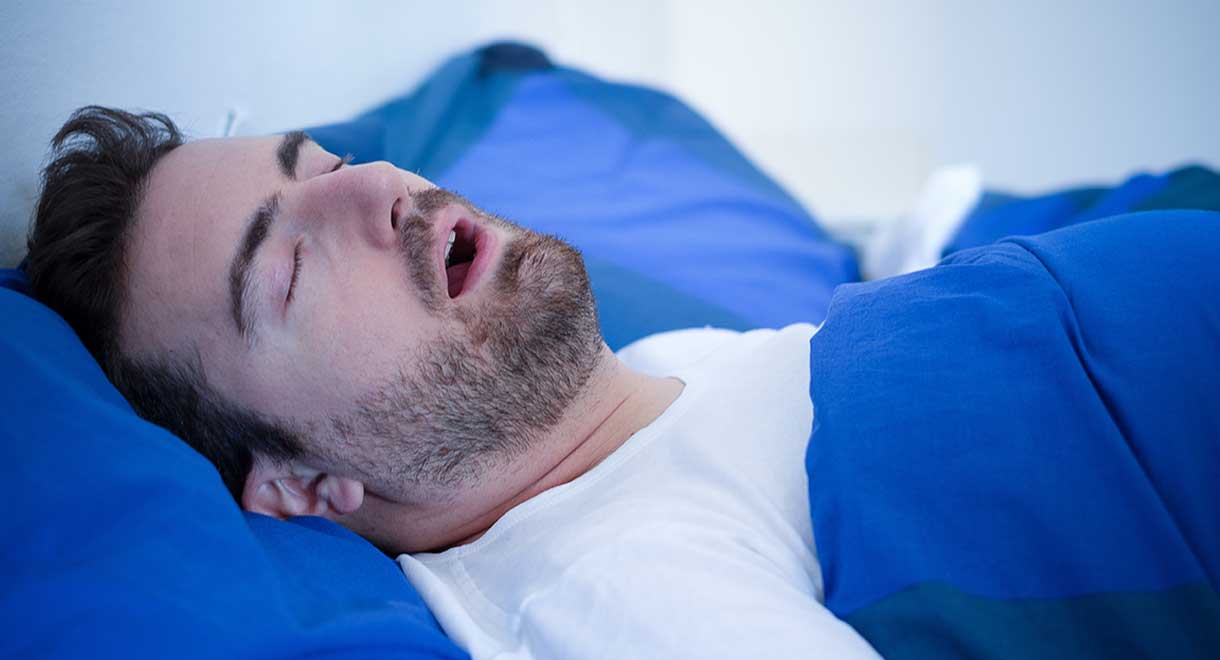

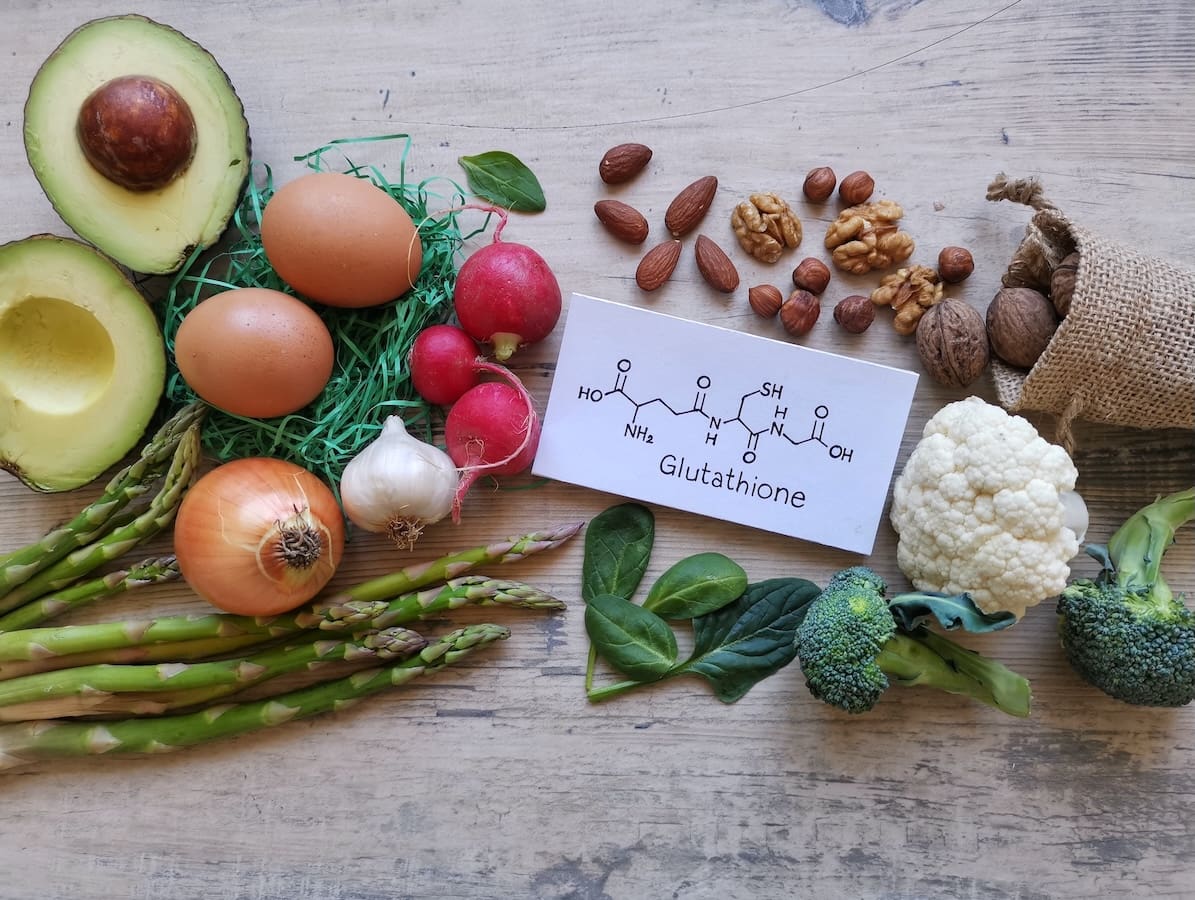
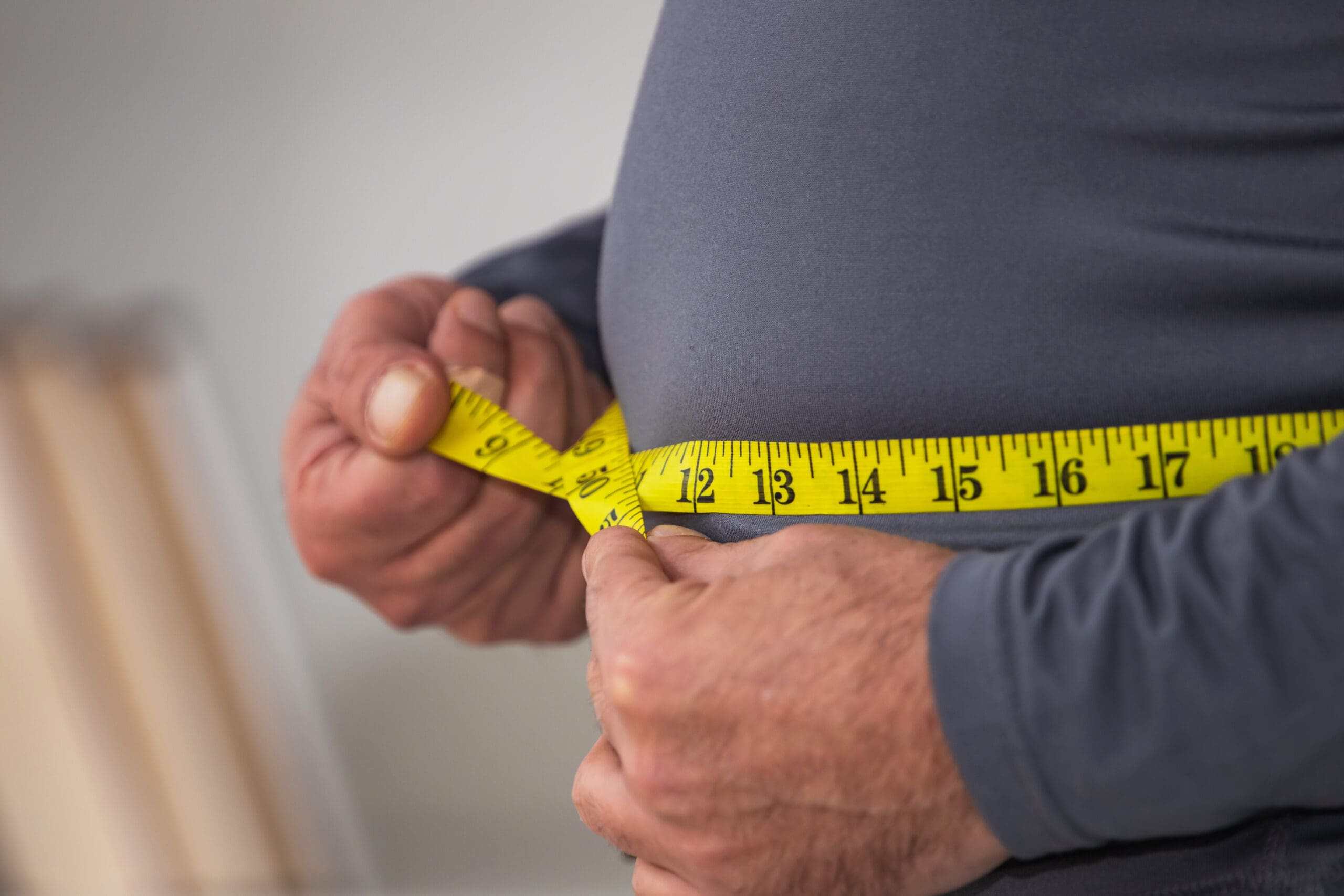
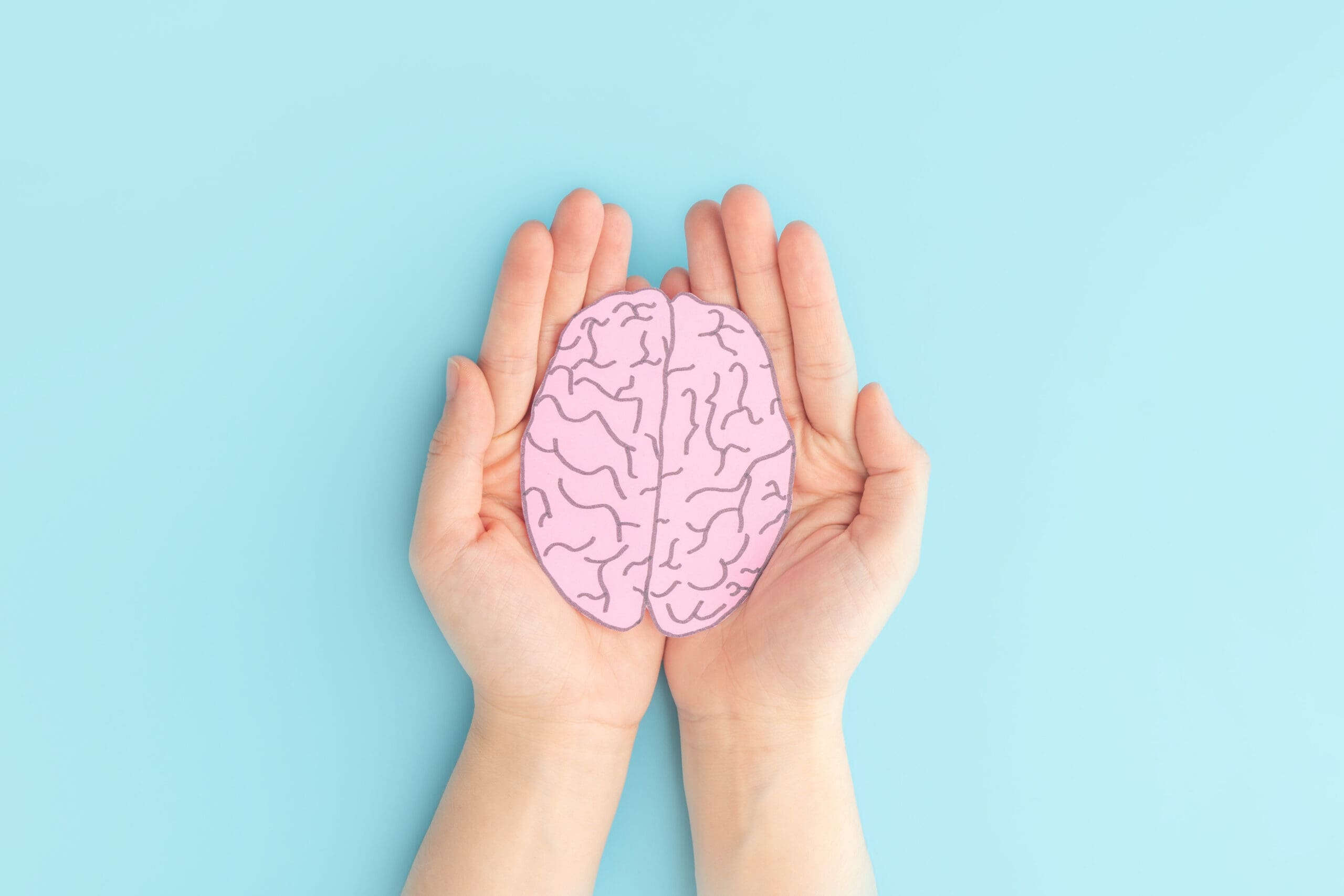
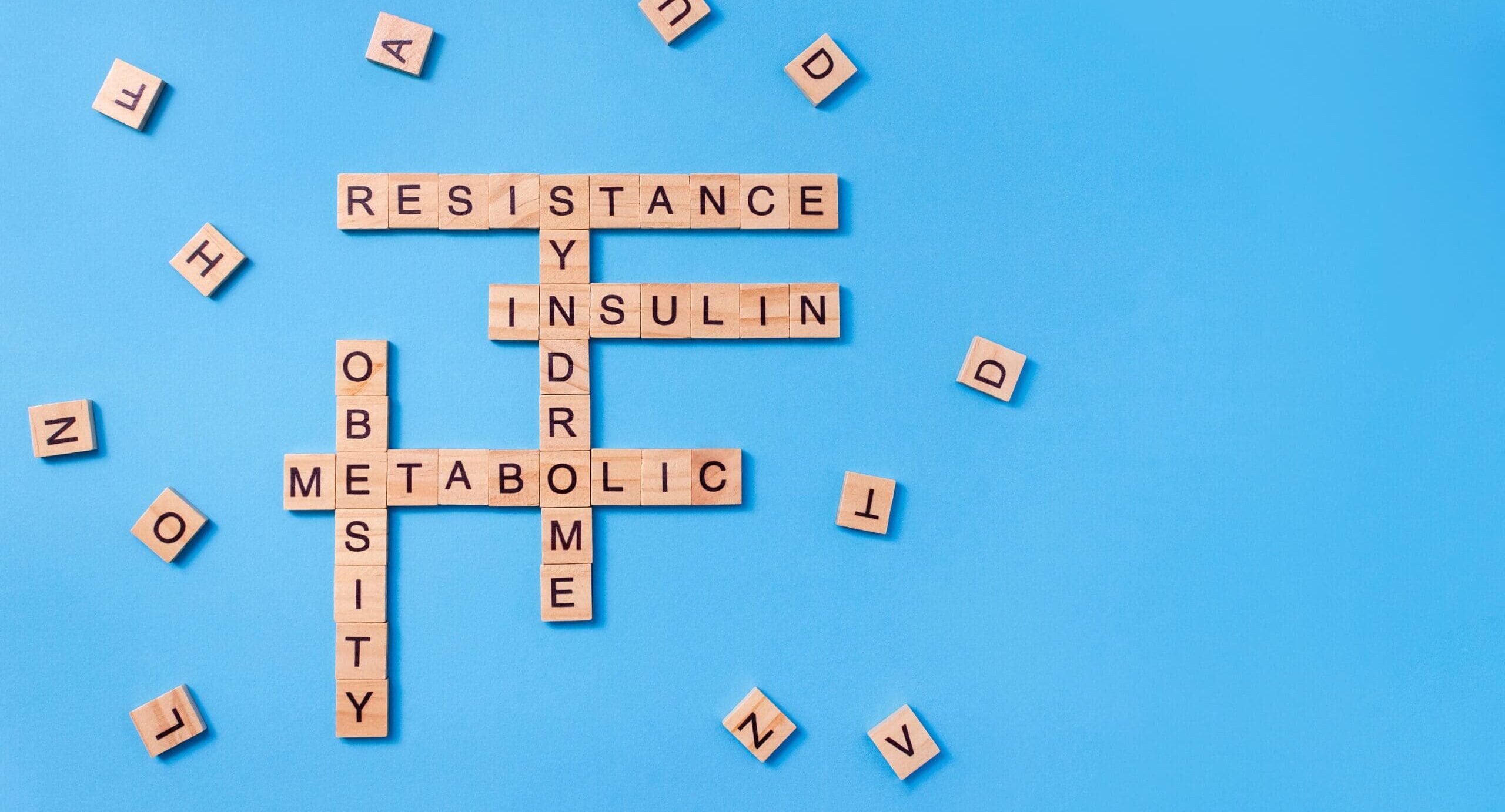

Leave A Comment